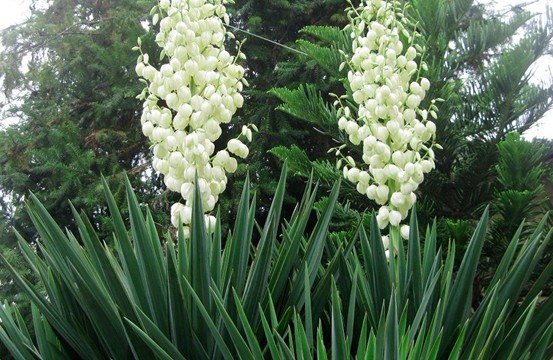Sisal (Agave sisalana) is an agave that yields a stiff fibre traditionally used in making twine, rope and also dartboards. The term may refer either to the plant or the fibre, depending on context. It is sometimes incorrectly referred to as sisal hemp because hemp was for centuries a major source for fibre, so other fibres were sometimes named after it.
Sisal plants consist of a rosette of sword-shaped leaves about 1.5 to 2 metres tall. Young leaves may have a few minute teeth along their margins, but lose them as they mature. Sisals are sterile hybrids of uncertain origin; although shipped from the port of Sisal in Yucatán (thus the name), they do not actually grow in Yucatán, the plantations there cultivate henequen (Agave fourcroydes) instead.
Two new steroidal saponins, 8 and 10, along with 7 known steroidal sapogenins and saponins (1-7) and a furostanol saponin (9) were isolated from Agave sisalana Perrine ex Engelm.
| Catalog | Product Name | CAS Number | Manual |
|---|---|---|---|
| CFN98501 | Tigogenin | 77-60-1 | |
| CFN98586 | Hecogenin | 467-55-0 | |
| CFN99916 | Beta-Sitosterol | 83-46-5 | |
| CFN98029 | 7-Oxo-beta-sitosterol | 2034-74-4 |
A unique collection of 29 natural compounds from Vaccinium myrtillus
A unique collection of 21 natural compounds from Citrus maxima (Burm.) Merr. cv. Wentan
A unique collection of 21 natural compounds from Alisma plantago-aquatica L.





